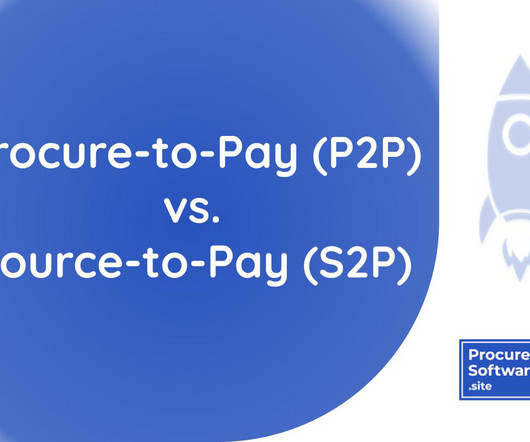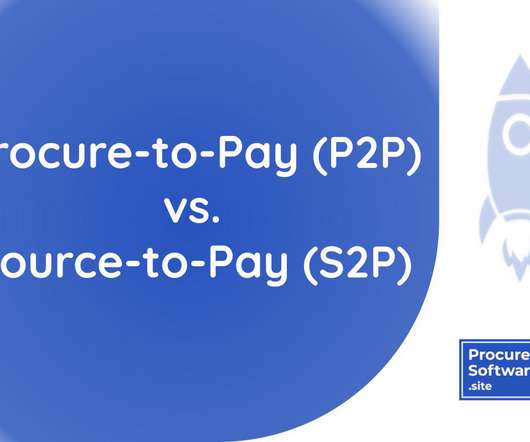Is Your Supply Chain A Cost Centre or a Value Creator?
Supply Chain Game Changer
NOVEMBER 19, 2018
The Supply Chain is directly responsible for the payment terms for Accounts Payable, Inventory (this does vary between companies), and even the negotiated terms for Capital purchases. Supply Chain has a central and pivotal role, if not the controlling responsibility, for Cash Cycle management.















Let's personalize your content